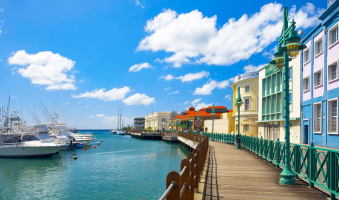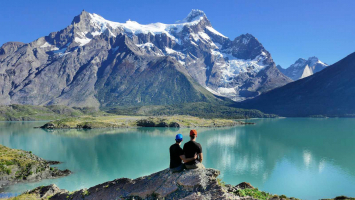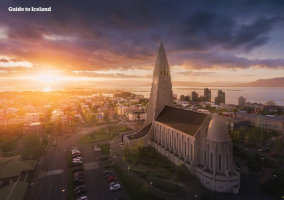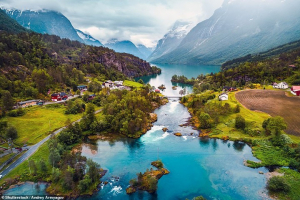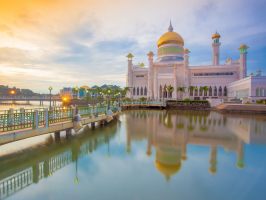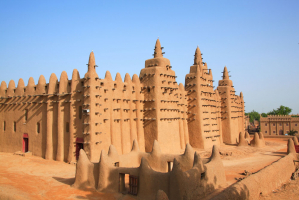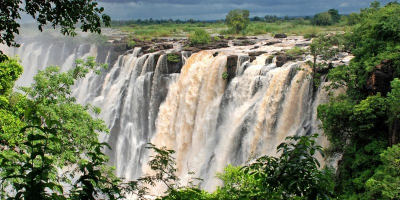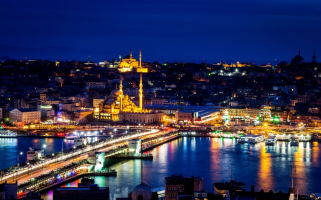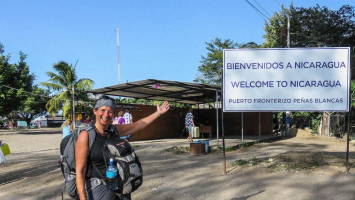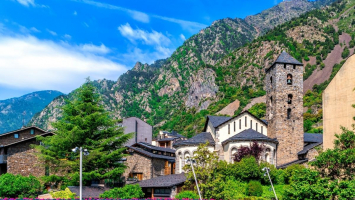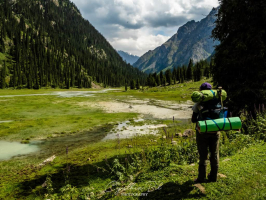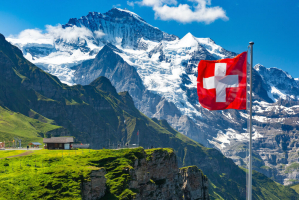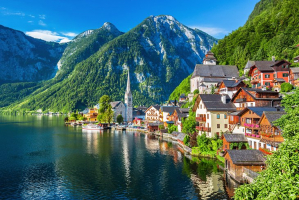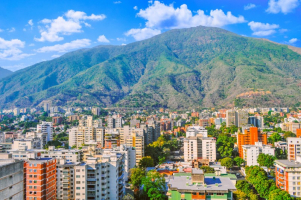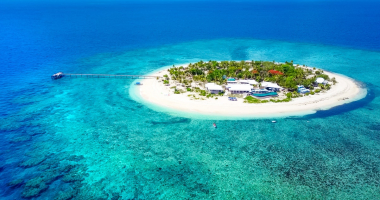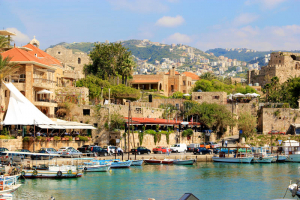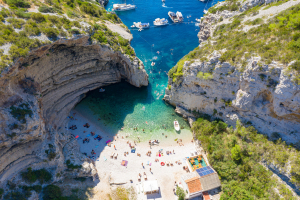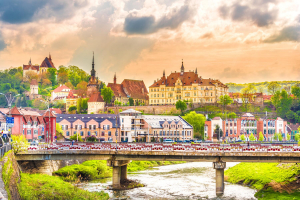Top 10 Things about Laos You Should Know
Nestled between Thailand and Vietnam in the heart of Southeast Asia, Laos is an often overlooked oasis. From the stellar waterfalls and natural beauty of the ... read more...north to the cultural icons and museums of the capital, Vientiane, Laos is jam-packed with incredible sights. A large number of visitors only ever make it to Vientiane on visa runs from Thailand, but the country has far more to offer than that. Some of the most beautiful scenery in the region lies in Laos, and it’s definitely worth the trip to explore it. Here are the top Things about Laos You Should Know for the first time travelers.
-
It is really simple to obtain a visa for Laos. Simply show up at the border, fill out a form, pay, and wait to receive a 30-day tourist visa on arrival. While many African and Middle Eastern countries must apply for visas in advance, most others can acquire visas on arrival. Citizens of ASEAN countries, Japan, Switzerland, Russia, and South Korea are eligible for a free 30-day visa on arrival.
The 30-day tourist visa costs between $30 and $42 depending on where you are from. It will cost you $1-$2 extra if you do not have a passport-sized photo with you. The visa on arrival process is simple and usually takes no more than 10 minutes.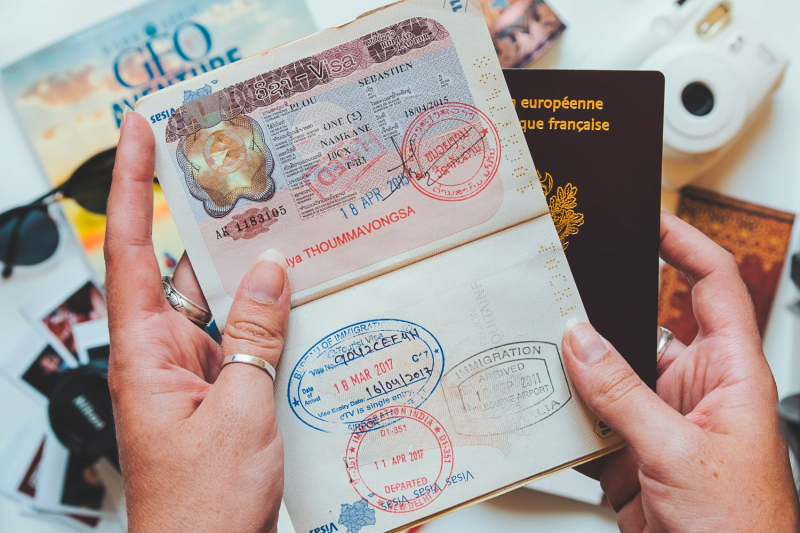
bestpricetravel.com -
Laos is a highly safe country to visit. Although the Lao people are generally kind and kind, you should nevertheless exercise caution. Keep an eye on your possessions when traveling, especially on a crowded bus, and don't leave money out in your hotel room. To avoid theft, it's best to keep your motorcycle locked and parked in paid lots whenever possible.
There are still unexploded ordinances from the Indochina War in several places in Laos. While they are usually found in rural regions, some can be found near Routes 7 and 13, therefore use caution when traveling in these areas. The roads are safe, and there's nothing to worry about, but this isn't the place to embark on that solo adventure through the woods you've been considering. Safety Wing, which offers renewable monthly insurance policies, can also be a useful option for those who only travel once a month.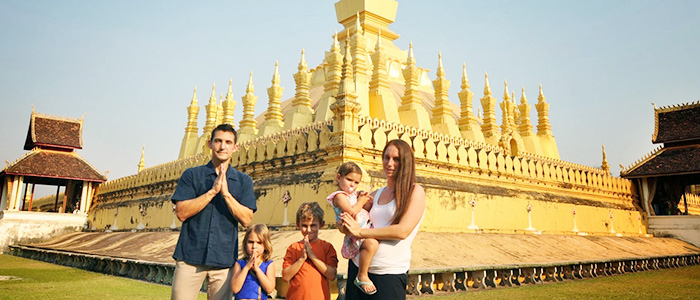
indochinatour.com 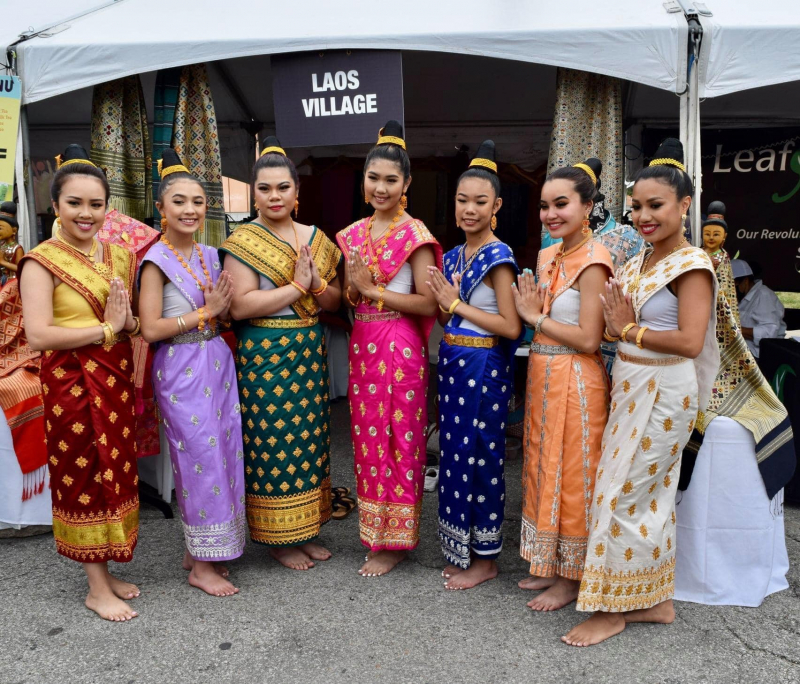
-
Laos' national flower is the lovely Dok Champa. The Laotians see it as sacred and revere it. Although its official name is Plumeria Rubra, the flower known as Frangipani is exclusively known as Dok Champa in Laos. Dok Champa denotes joy and sincerity, hence the gorgeous flower may be found growing across Laos. The flower is used in many religious ceremonies and is widely produced within temples and monasteries, and travelers to Laos are often given a Dok Champa necklace upon arrival.
The flower is also considered lucky, so don't be shocked if you notice a lot of companies in Laos with the name Dok Champa in it. You won't be grumbling about the flower's abundance, though, for it has a wonderfully sweet aroma that will always remind us of romantic nights spent in Laos! arrival.
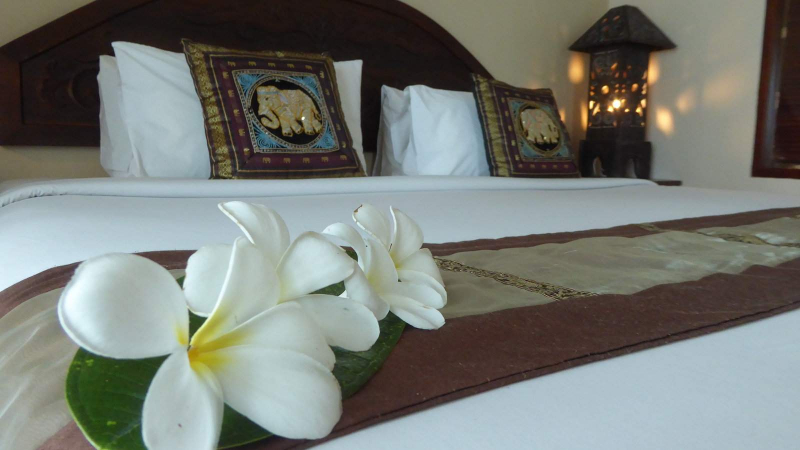
nomadicboys.com 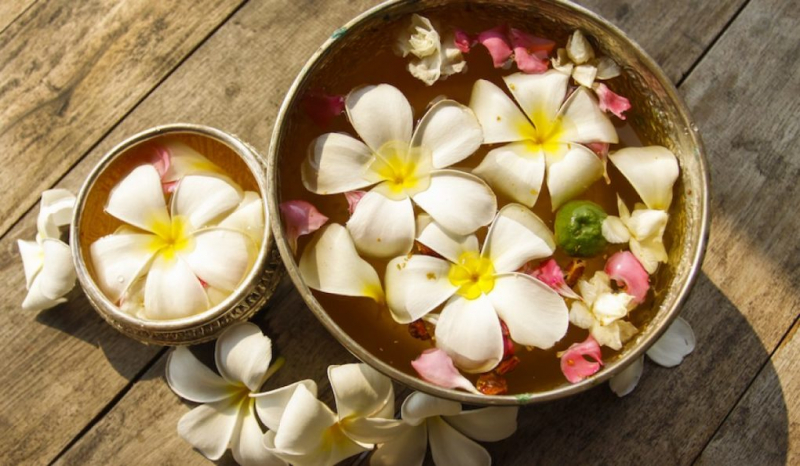
vnexpress.net -
While Laos is a poor country, it is rapidly improving in comparison to others in the region. Poverty has been cut in half in the last 20 years, while education and health have both improved. According to the World Bank, it has one of the fastest-growing economies in Southeast Asia and the Pacific, with a GDP of more than 8%.
The ability to supply hydroelectric power to neighbors China, Vietnam, and Thailand has greatly improved Laos' economy. While the majority of the country's population is unskilled, Laos' youth is also in its favor because a young population implies there is room for growth and learning new skills, as well as a large number of healthy workers.
Tourism is Laos' fastest growing business, so if you're seeking a cheap place to visit and want to support a country with a difficult history, consider visiting Laos. We had a great time exploring this unusual land!
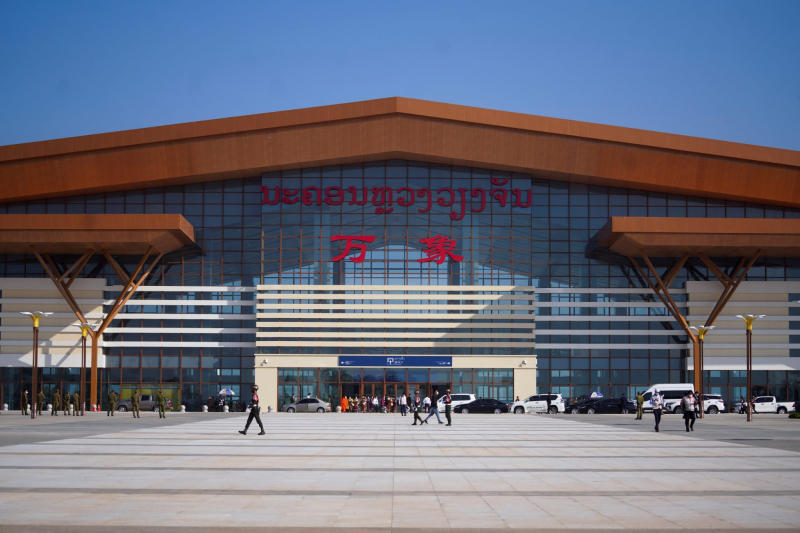
eastasiaforum.org 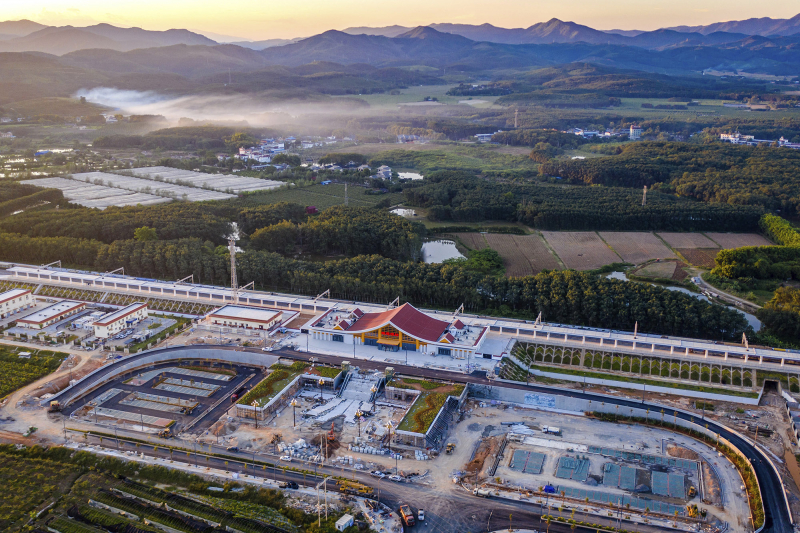
bloomberg.com -
Laotians are the world's largest users of sticky rice (khao niaow), consuming more than 345 pounds (156 kgs) per person every year!! That is a lot of sticky rice... They even call themselves luk khao niaow, which translates to "sticky rice children."
Sticky rice has been around in Southeast Asia for at least 4,000 years. Rice farming practices altered a few hundred years ago, with most countries converting to non-glutinous white rice cultivation in the 18th century. But the Laotians stayed true to their heritage and continued to cultivate glutinous sticky rice. As a result, sticky rice is still an important part of every meal in Laos.
Laotians also produce specific sticky rice meals for religious rituals, and following prayers, uncooked sticky rice grains are frequently flung into the air. But the major reason sticky rice is so popular is that it is more full and takes longer to digest than white rice, and it is also delicious!
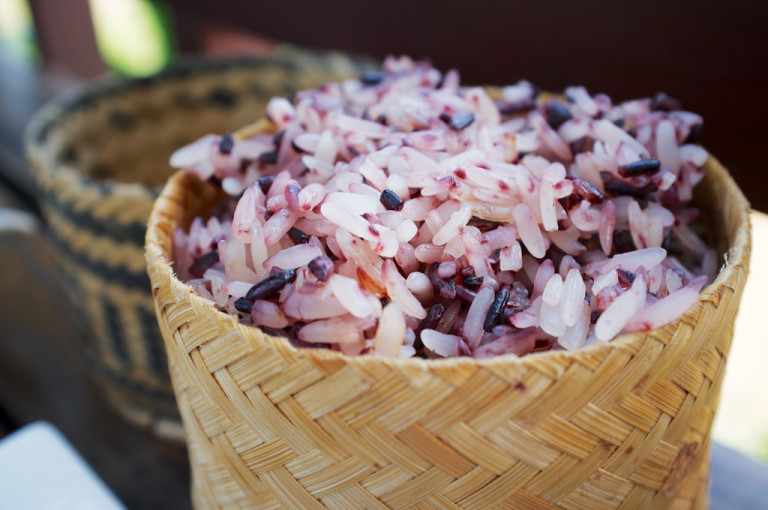
travellaosonline.com 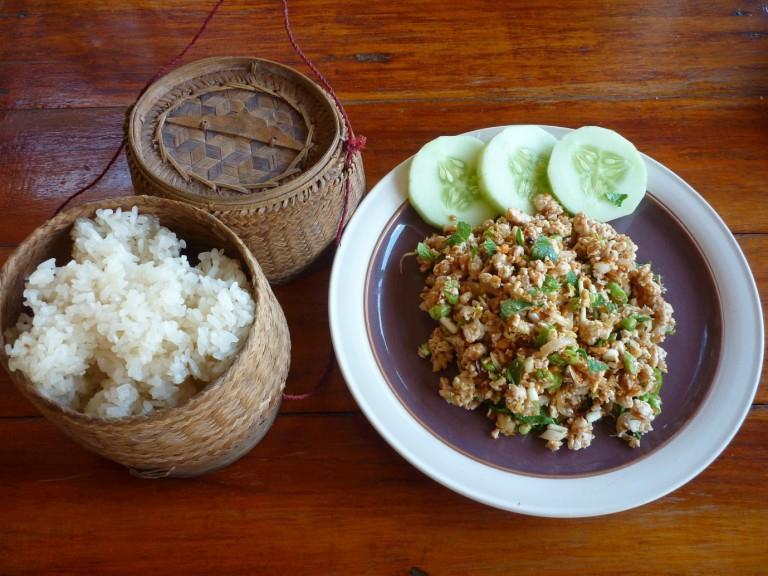
travellaosonline.com -
In Laos' Nam Kan National Park, you can stay in treehouses 30 to 40 meters (about 100 to 130 feet) above the jungle and see black-crested gibbons in their natural habitat. The Gibbon Experience, a local tourism-based conservation enterprise that allows tourists to explore the jungle while ziplining through the trees and sleeping in the jungle canopy, makes this possible.
Not only is this a wonderful experience that you'll want to add to your travel bucket list, but the entire idea was inspired by a desire to protect the forest and local gibbon species while also offering financial assistance to the local people. The Gibbon Experience employs a large number of locals, and the proceeds from the excursions are utilized to help preserve the national park.
You will enjoy seeing a sustainable tourism approach like this, where local communities are encouraged to conserve nature and guests can have an amazing vacation while also protecting species.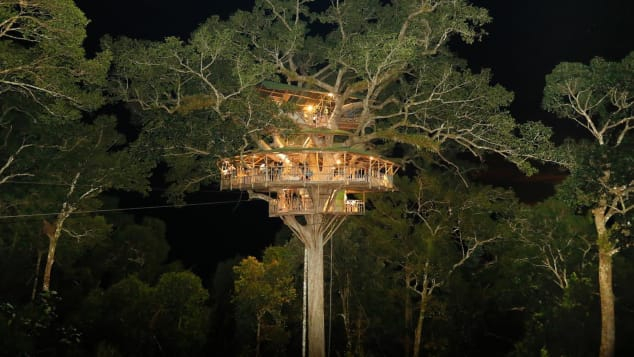
edition.cnn.com 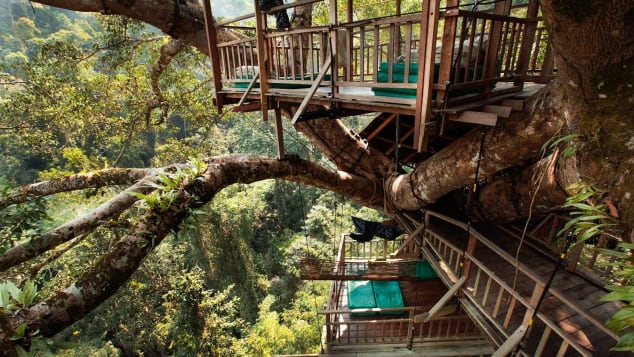
edition.cnn.com -
Laos' coffee is great, but it is not as well known as it should be. It is to Laos what tea is to Sri Lanka, and it is the country's largest agricultural export. Arabica and Robusta coffee varietals are both grown in Laos, mostly on the Bolaven Plateau, which has cool temperatures and plenty of rain - great conditions for coffee cultivation!
The French colonists introduced coffee to Laos and agricultural techniques that are still used today. The majority of the farming households on the plateau grow coffee, producing 15–20,000 tons each year! The majority of Laos' Robusta coffee is shipped to Thailand, whereas Arabica is often sold within the country.
A classic Laotian iced coffee from a street stand is served in a plastic bag with loads of ice and a straw, with a hefty dollop of condensed milk in the bottom. It's not the best for the environment (make sure you properly dispose of the plastic!) but it sure tastes wonderful.
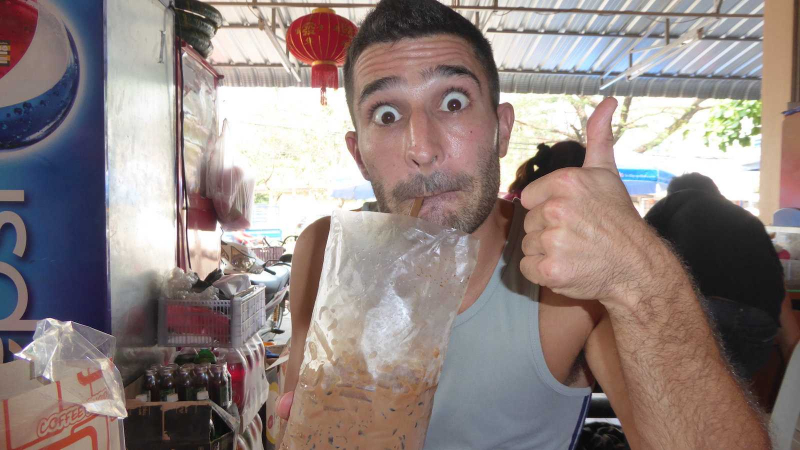
nomadicboys.com 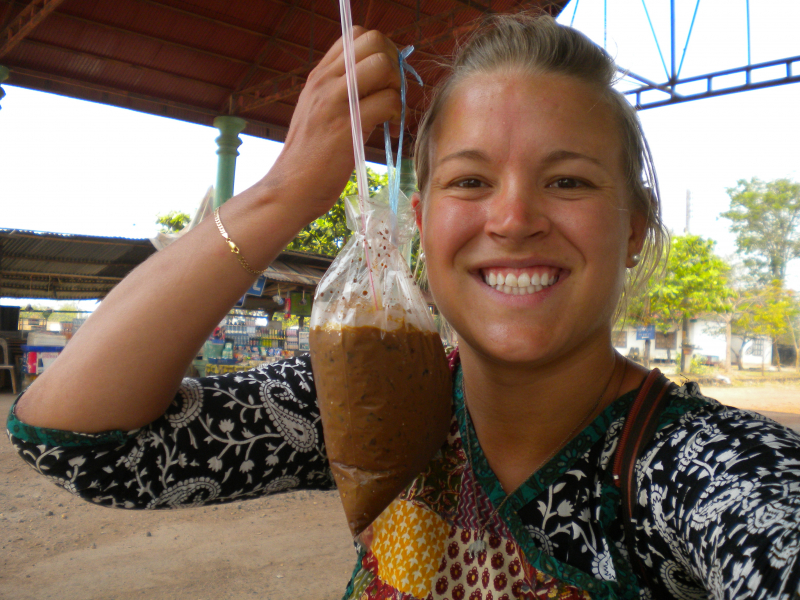
thesideponytales.wordpress.com -
The Kuang Si Waterfalls, also known as the Kuang Xi Falls or the Tat Kuang Si Waterfalls, is located about 18 miles (29 kilometers) south of Luang Prabang. The main 200-foot (60-meter) plunge cascades down from the jungle into limestone pools in this three-tiered waterfall.
The falls are located within the Kuang Si Waterfall Park, which requires an admission fee of approximately 20,000 Kip per person. The park is only open from 8 a.m. to 5.30 p.m., so you can't just drop over whenever you like. It is, however, completely worthwhile because you may swim in most of the crystal-clear pools or trek to the top for some breathtaking vistas.
When you arrive at Waterfall Park, there will be a local market outside where you may buy refreshments or souvenirs. There's also a Sun Bear rescue facility, where bears rescued from bile farms and other awful situations can now live happily ever after. The facility is entirely supported by donations, to which we were all more than pleased to contribute.
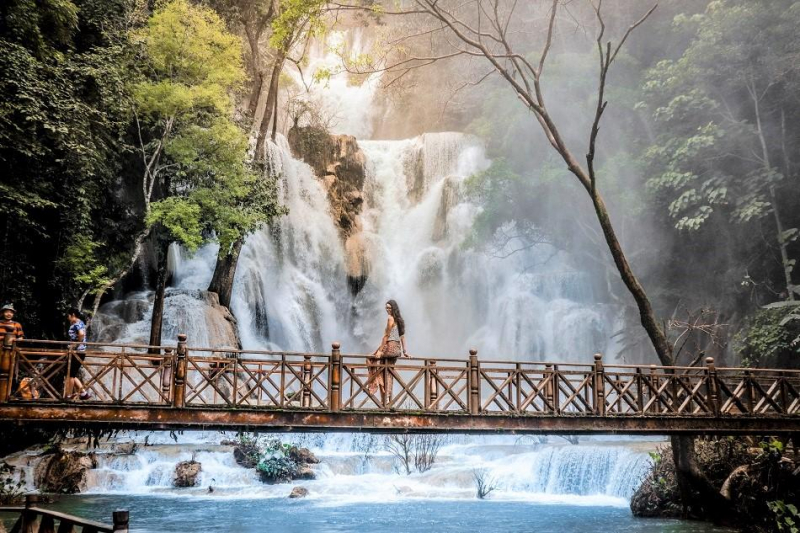
dailytravelpill.com 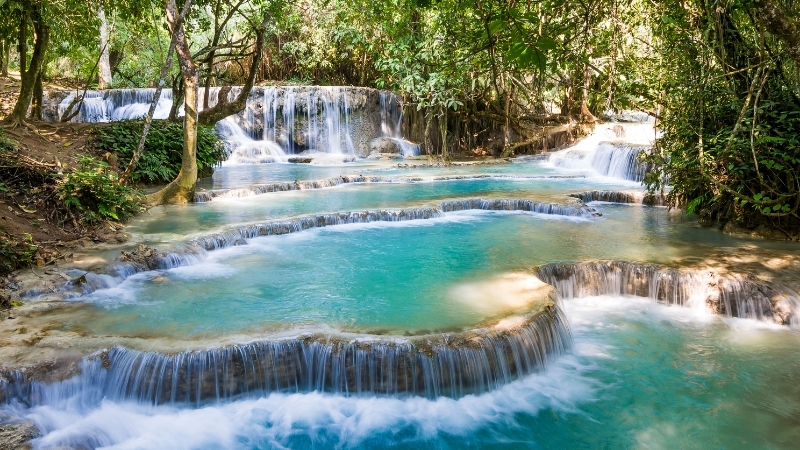
bestpricetravel.com -
Holidays in Laos, as in most of Southeast Asia, are a mix of traditional and religious, celebratory and enjoyable. The Lao New Year, or Pi Mai Lao, which occurs in April, is one of the most important ceremonies. Like Thailand's Songkran, this three-day holiday culminates in a statewide water fight. You should absolutely waterproof your valuables and electronics before venturing out onto the streets for this festivity.
Rocket Festivals will be held in a number of localities during May. Throughout this celebratory weekend, miniature rockets are launched into the sky like a prayer for rain. During the country's hot and dry season, this festival also serves as an opportunity to cool off with some Lao beer and let loose a little!
Boun Awk Pansa, which takes place in October, celebrates the end of the monks' three-month fast during Buddhist Lent. Traditional offerings are made at temples in the morning, and by the evening, the ambiance has changed to that of a celebration. Small boats made of banana leaves and decorated with candles and flowers are sent down rivers.
A boat racing festival follows Boun Awk Pansa. Races are held in several towns throughout the country, but Vientiane has the largest and most significant. The athletes train for months ahead of time, and the entire city comes alive with anticipation as they prepare for the races. If you're in Laos in October, this is an experience you won't want to miss.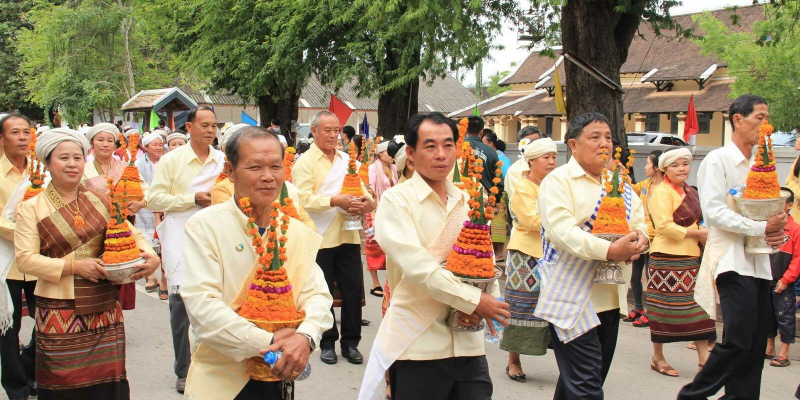
insideasiatours.com 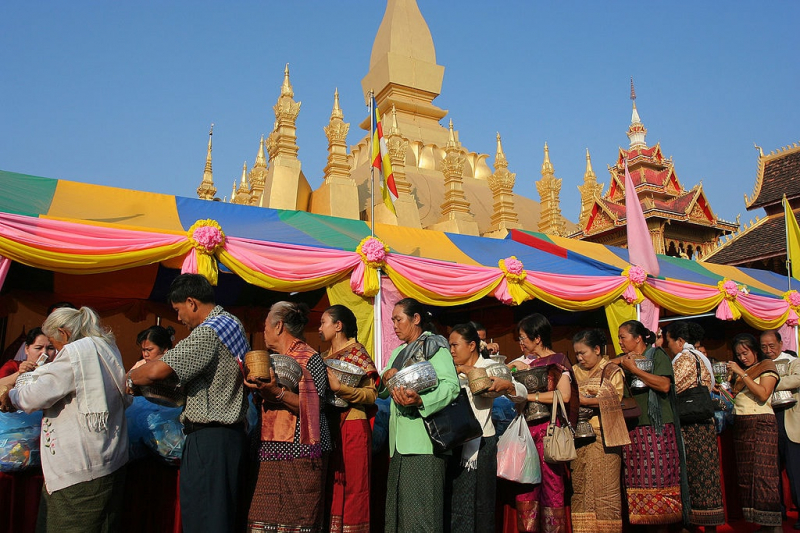
theculturetrip.com -
The best time to visit Laos is from November to January when the temperature is at its coldest. Temperatures in the far north of the country, on the other hand, can get pretty cold in the evenings, occasionally dropping close to freezing.
You can visit Laos at any time of year. The only months to avoid are March and April, when the heating season culminates in-field burning, resulting in air that is as smoky as it is humid. The cool season lasts from October through February. The warmest months are March, April, and May, and the rainy season begins in May and lasts through June.
If you're traveling between May and September, bring a rain jacket or poncho. While it is unlikely that it will rain all day every day, it is very likely that you will have afternoon showers.
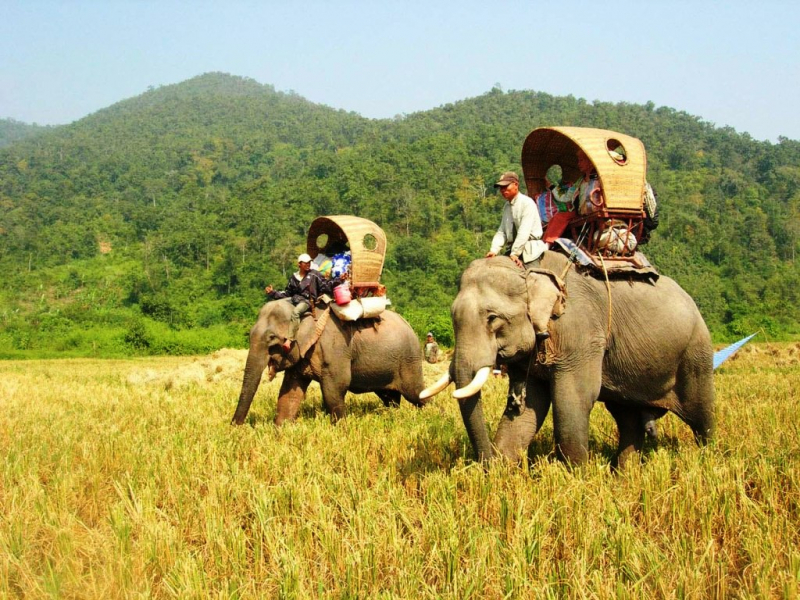
vietravel.com 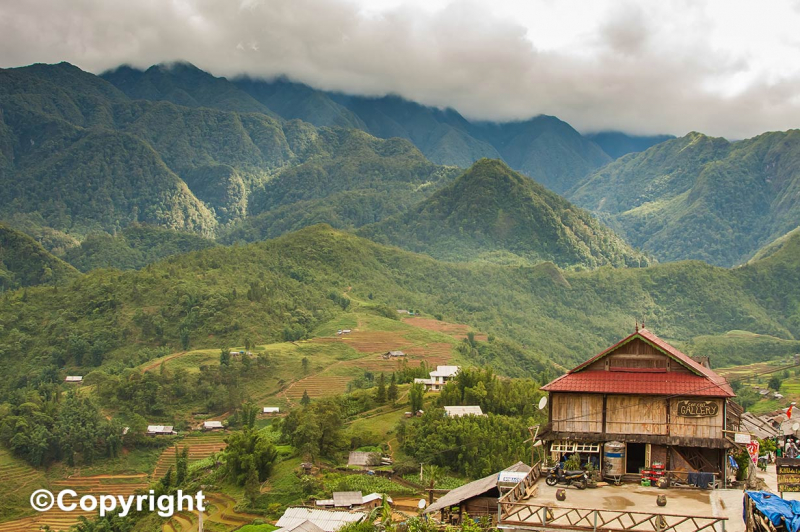
vietravel.com












